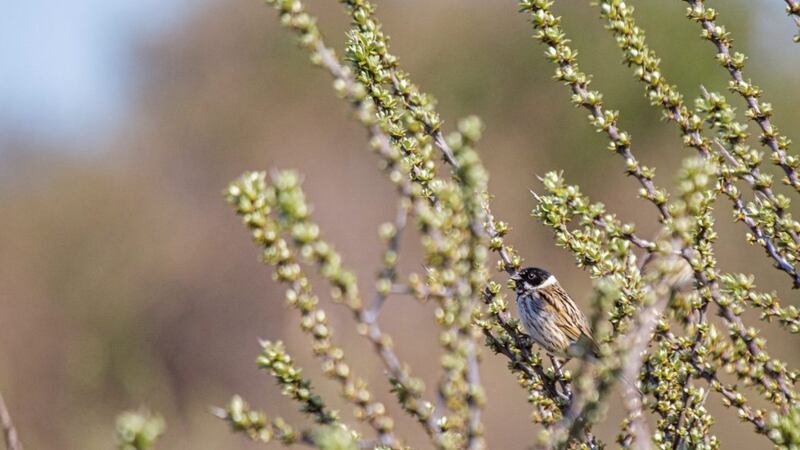FOR many, the first day of spring has long passed as it coincided with the Feast day of Saint Brigid, February 1, which, according to our pagan ancestors, also marked the beginning of the Celtic Festival of Imbolc – when they celebrated the successful passing of winter and the beginning of the agricultural year.
Meteorologists set March 1 as the first day of spring since they base the seasons on annual temperature cycles. In astronomical terms, however, spring begins on the date of the vernal or spring equinox, which occurs between the March 19 and 21 each year in the northern hemisphere.
This year, it arrived on March 20 at 21:58, when the Earth’s orbital position in relation to the sun was such that the length of night and day were almost equal (12 hours each), hence the Latin words ‘equinox’ meaning ‘equal night’ and ‘vernal’ – ‘pertaining to spring’.
Whatever your preferred date for the start of spring, we are now officially there, even though March is, as the late meteorologist and Irish Times Weather Eye columnist, Brendan McWilliams described it, "an adolescent month, always unsure of itself and full of bluff and bluster".
Known for its troublesome winds and storms, the ancient Saxons named the month after their goddess Hretha, Hreth-monath meaning ‘the rough or fierce month’.
Similarly, the French Revolutionary calendar used by the French government for about 12 years from 1793 to 1805 named the month of March, Ventose, ‘the windy one’.
True to its reputation, it was a boisterous March day recently which offered me fine views of a small flock of reed buntings along a local hedgerow. Traditionally considered a bird of wetlands and reed beds only, the birds are present in every Irish county, now often seen flitting around and perching in hedges and other low bushes.
One of its old names, the reed sparrow, is found in the title of an anonymous 18th century poem The Song of the Reed Sparrow where the bird speaks directly to us about its movement and song through all weathers. It speaks of how, "Mounted on a bending reed... Tender tales I oft repeat" and how it sings according to the mood of the weather.
When the breeze "Mildly whistles through the trees/ Mild and gentle is my song". But in contrast;
"When nature wears an angry form,?And reeds are broken by the storm,?Then in each note the thing is told,?Then my song is fierce and bold".
Although more common in drier areas now, the word ghiolcaí from its Irish, gealóg ghiolcaí meaning ‘of the reeds’ indicates its preference for reed beds as does part of its scientific name schoeniclus, Greek for ‘a bird of the reeds’.
Beautifully coloured during the breeding season, the male has a distinctive black head and bib, white collar and a drooping moustache from the bill to the neck, while the female is much more like the winter males when the white collar and black throat moults to a paler brown.
Usually nesting low down in vegetation, the adult reed buntings can, a little bit like March, throw us off course, feigning injury to draw predators away from chicks in the nest.
Watching the small group of male buntings sing out their short-phrased notes, on swaying hawthorn branches, I thought of the rowdiness of March but also of its many charms. The swelling buds, increasing colour and light, together with territorial birdsong all point to the softer April days ahead where returning swallows and insects on the wing, will propel us more fully into spring.








